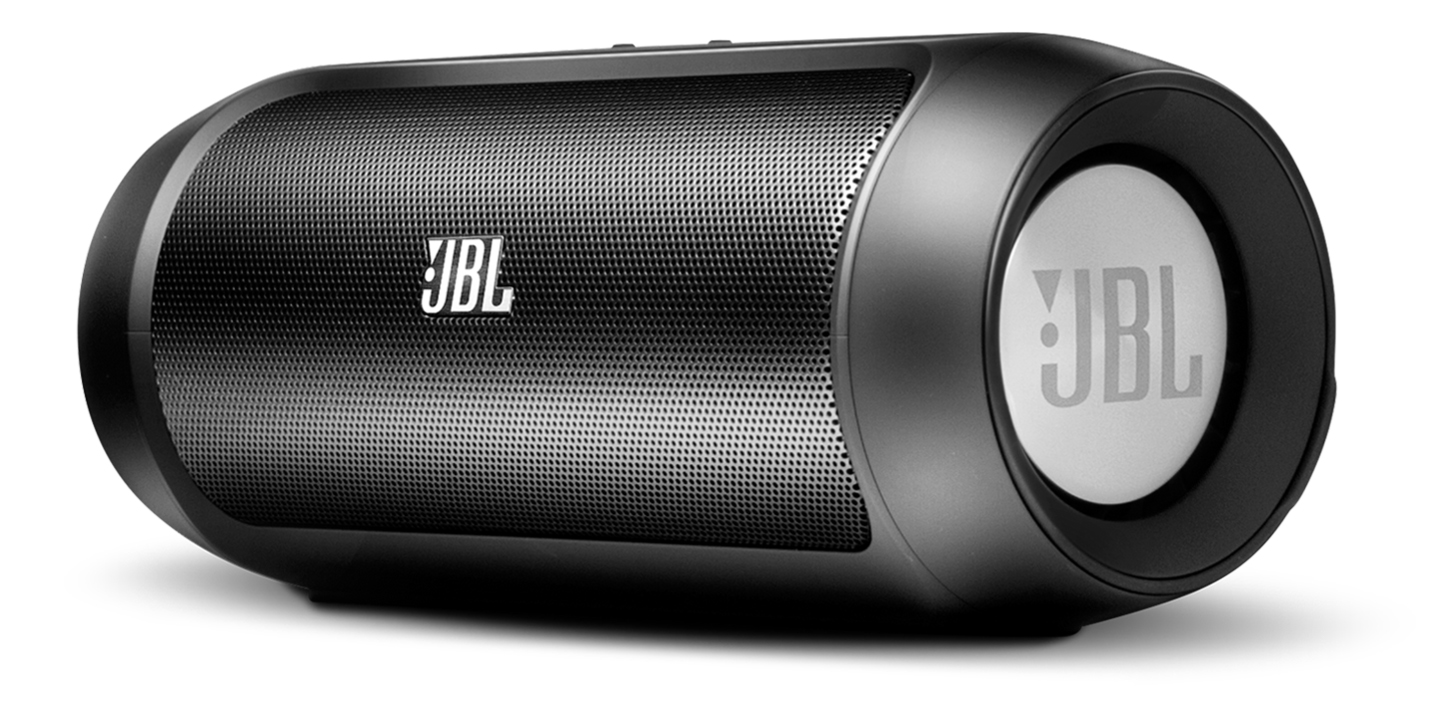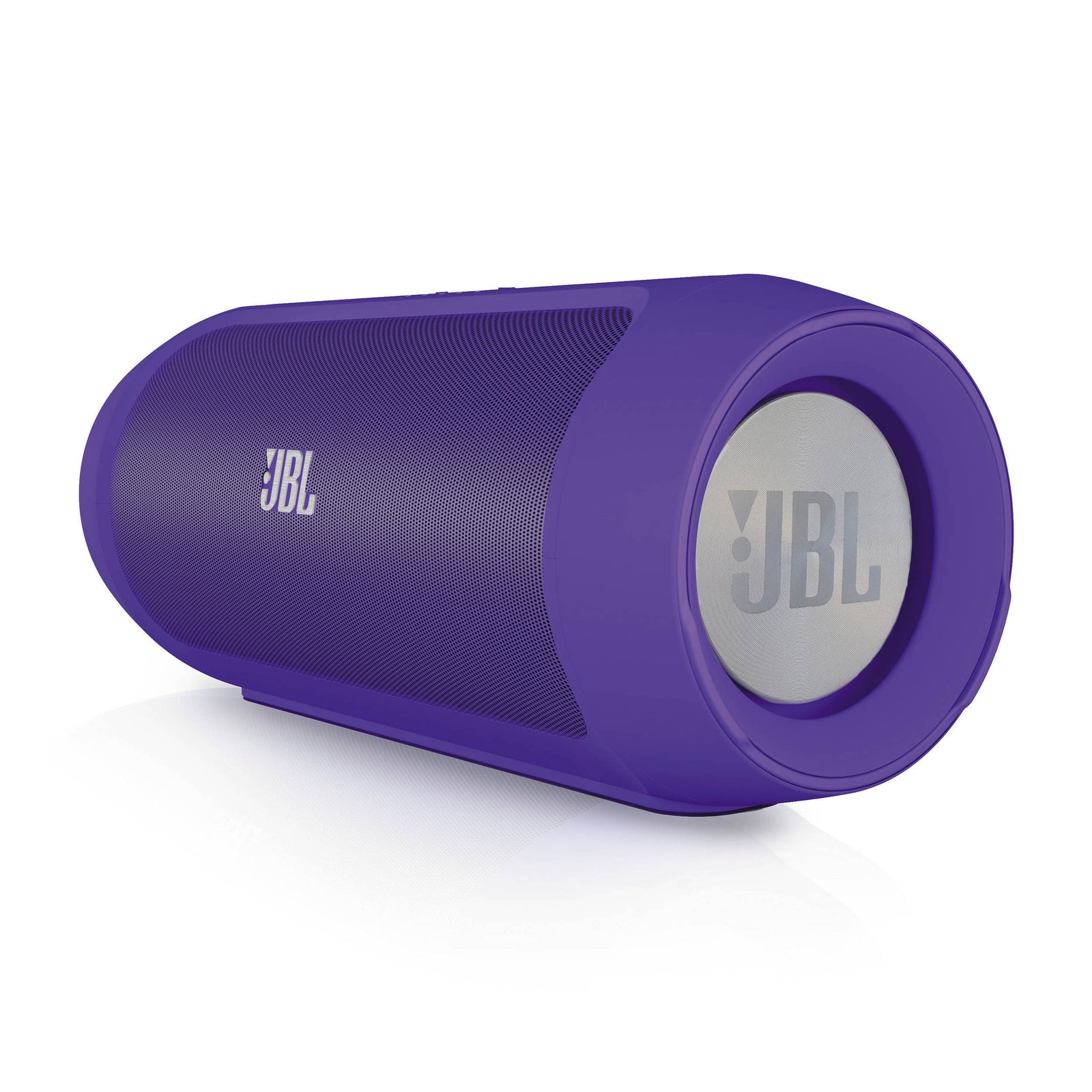

Rubinstein had also already made substantial progress on development of other key hardware elements, including the device's screen and battery. Rubinstein had already discovered the Toshiba hard disk drive while meeting with an Apple supplier in Japan, ultimately purchasing the rights to it for Apple. Fadell had previously developed the Philips Velo and Nino PDA before starting a company called Fuse Systems to build the new MP3 player, but RealNetworks, Sony and Philips had already passed on the project. Īt Apple CEO Steve Jobs’ direction, hardware engineering chief Jon Rubinstein recruited Tony Fadell, a former employee of General Magic and Philips, who had a business idea to invent a better MP3 player and build a complementary music sales store.

To address these deficits, the company decided to develop its own MP3 player. They also identified weaknesses in existing models' attempt to negotiate the trade-off between capacity and portability flash memory-based players held too few songs, while the hard drive based models were too big and heavy. Portable MP3 players had existed since the mid-1990s, but Apple found existing digital music players "big and clunky or small and useless" with user interfaces that were "unbelievably awful". From left to right: iPod 5th generation, iPod 4th generation, iPod Mini, iPod Nano, iPod Shuffle During the middle of 2010, iPhone sales overtook those of the iPod. While the iPhone and iPad have essentially the same media player capabilities as the iPod line, they are generally treated as separate products. As of iOS 5, separate Music and Videos apps are standardized across all iOS-powered products.

īefore the release of iOS 5, the iPod branding was used for the media player included with the iPhone and iPad, which was separated into apps named "Music" and "Videos" on the iPod Touch. Prior to macOS 10.15, Apple's iTunes software (and other alternative software) could be used to transfer music, photos, videos, games, contact information, e-mail settings, Web bookmarks, and calendars to the devices supporting these features from computers using certain versions of Apple macOS and Microsoft Windows operating systems. Like other digital music players, some versions of the iPod can serve as external data storage devices. At over 20 years, the iPod brand is the oldest to be discontinued by Apple. Apple discontinued the iPod product line on May 10, 2022. Apple sold an estimated 450 million iPod products as of 2022. The first version was released on October 23, 2001, about 8 + 1⁄ 2 months after the Macintosh version of iTunes was released. The iPod was a series of portable media players and multi-purpose mobile devices designed and marketed by Apple Inc.


 0 kommentar(er)
0 kommentar(er)
